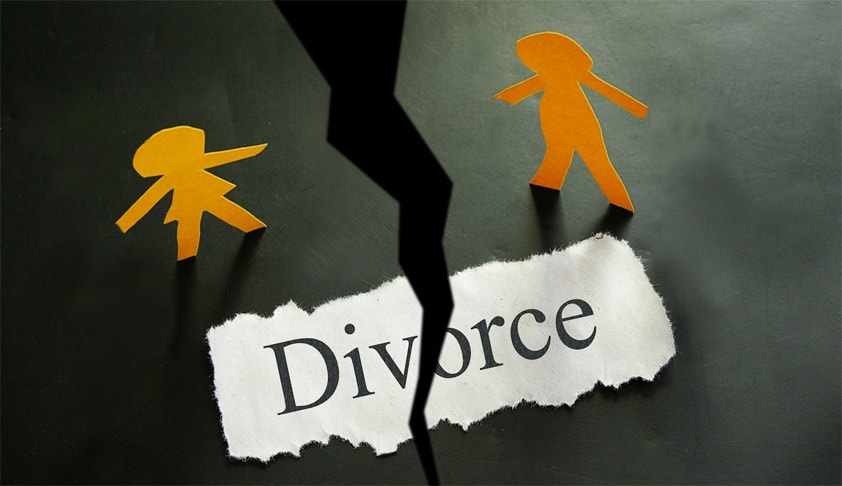
Recently, the National
Commission for Women
(NCW) expressed concern over the increase in
cases of domestic violence which as on the rise of millions of Indians staying
home due to the lockdown. The data released by the NCW, showed that it
has received over 257 complaints since the country-wide lockdown was imposed to
control the spread of coronavirus out of which 69 cases were of domestic
violence. The NCW expressed concern at the rise of this figure as couples who
have differences are forced to live together 24×7. NCW fears that such force
proximity is likely to spike the figures and lead to several divorces.
In India, the concept of marriage is understood as a
sacred commitment. However, in recent times the sanctity of marriage has been
disrupted for various reasons. Recent trends show that couples are failing to
maintain equilibrium in their lives or to fulfill the expectations of each
other. Thus, failure to deal with such imbalances leads to various conflicts
which results in physical and mental abuses and finally dissolution of marriage.
Dissolution of marriage is permissible under the personal laws in India. However, the court makes an effort for effecting reconciliation and only on the failure it dissolves the marriage. In India, procedures and laws relating to divorce are governed by the personal laws of each religion. However, the parties can adopt two procedures for divorce, one is mutual consent and the other is a contested divorce. For the purposes of this article, the author is only dealing with the provisions of Hindu Laws and divorce under other laws will be dealt with in separate articles.
Under the Hindu Marriage Act, 1955 (HMA), Mutual
Divorce is governed by Section 13-B where wedlock becomes a deadlock. It is
when the relationship of marriage is impossible to repair there is irretrievable
breakdown of the marriage such a divorce can be sought. Essentially, there are
only two requirements that need to exist, one is mutual consent and the other
is that they have lived separately for at least one year. Whereas, in a Contested Divorce either spouse
can initiate
the divorce. The grounds mentioned under Section 13 of the HMA are applicable
for filing a contested divorce, some of which are, cruelty, conversion of
religion, unsound mind, communicable disease or either spouse is unheard of
more than seven-year.
Noticeably, there are three other grounds for divorce available only to the wife, which are, firstly, that the husband has been guilty of rape, sodomy or bestiality. Secondly, the wife was married before the age of fifteen and thirdly, non-resumption of cohabitation for one year after an order of maintenance.
Where to file Petition for
Divorce
According to Section 19
of the HMA, a petition of divorce shall be presented to the District Court
within the local limits of whose ordinary original civil jurisdiction, the marriage was solemnized or the
respondent/opposite party at the time of the presentation of the petition
resides, or the parties last resided together, or where the wife resides.
Procedure for mutual consent divorce in India
STEP 1: Drafting a joint petition signed by both parties and filed in
the local district court/family court through respective lawyers.
STEP 2: The court after
the examination of the petition along with the documents will pass an order for
the recording of the statement on oath.
STEP 3: After this, a
cooling period of six months’ time is given to the parties in the hope of
their reconciliation. Sometimes this period can be
extended to 18 months, if the judge deems it fit.
STEP 4: After the expiry of this period for reconciliation, if both parties still want a divorce, they file for the second motion or the final hearing and a divorce decree is granted by the court.
Procedure for a contested
divorce in India
STEP 1: Filing of a petition
stating the facts and specific grounds for seeking a divorce before the family
court having jurisdiction along with supporting evidences.
STEP 2: If the court is
satisfied after scrutinizing the petition, it allows the same, and serves a
notice or summons to the other party to appear on a decided date along with
his/her lawyer.
STEP 3: At this stage,
the court will advise parties for mediation and if the mediation fails to
resolve the issue, the court will continue with the divorce proceedings.
STEP 4: On the next
date as fixed by the court, parties will have to appear before the court,
record their statements, submit evidence, get cross-examined and present their
witnesses, if any. Then the lawyers from both sides will present their final
arguments.
STEP 5: Lastly, the court
on a fixed date will deliver the verdict and pass a divorce decree based on the
facts and circumstances. Thereafter, the aggrieved party may appeal against the
order passed within 3 months from the date of such order.
The data disclosed by the NCW recently, is a cause
for concern. In India, divorce is still considered as a battle between right
and wrong and not as a choice of two individuals to live a better life in a
better way. It is time that the laws in India are amended in a manner that
divorce should be viewed as a choice between a couple and not a battle. The
social repercussion of a divorce is that it has become a stigma and makes
remarriage difficult for the divorced couple.
Lakshmi
Vishwakarma
Associate
The
Indian Lawyer
